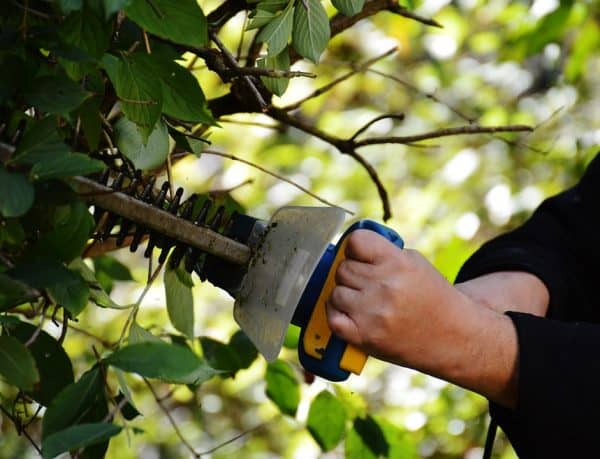
Cleaning up hedge trimmings is, just like cleaning up leaves in autumn, a real pain. If your hedges are located around your borders then the problem is even harder to deal with as you more or less have to tidy them up by hand, or else risk damaging your delicate plants. If the trimmings are just on the lawn then it’s a far easier task to clean them up as you can just get the rake out, or any other tools you have to make the job easier.
If you have the means and determination to make compost then hedge trimmings are one of your greatest assets to making it a success. The green leaves of a hedge in summer are rich in nitrates, a natural fertiliser, while the woody stems are packed full of carbon – the fundamental building block of all life on earth!
One of the really great things about hedge trimmings is that they break down quickly, provided you’re able to turn it into a relatively fine chopped up pre-composting material in advance.
There are a number of different ways you can dice and slice hedge trimmings, the most obvious being to put them through a shredder. Alternatively you can use your lawn mower to chop it up in much the same way as you might do with leaves to create a mulch. It’s then simply a case of gathering up the trimmings and putting them in your composter.
If you find the trimmings are just a little too dry and the stems a little too hard to make a decent composting material, you can still make good use of them throughout your garden. By placing small bundles of dry trimmings strategically, behind hedges or plants, or behind your shed or any other object to keep them hidden from view, you can create an excellent home for all manner of wildlife. Hedgehogs, frogs, and insects can all make their home among such structures, thereby improving the ecosystem of your garden as a whole.


